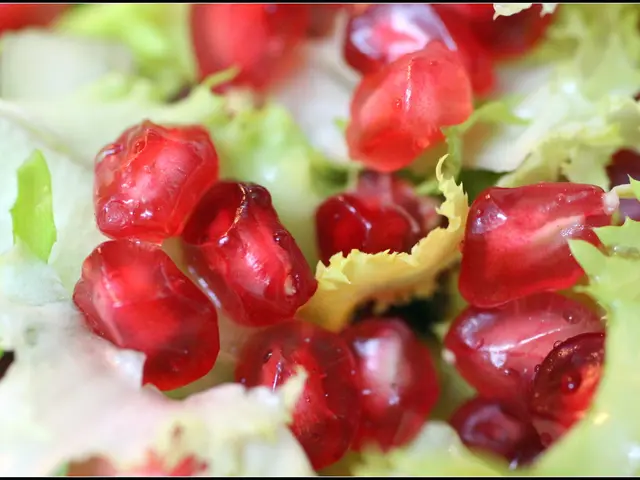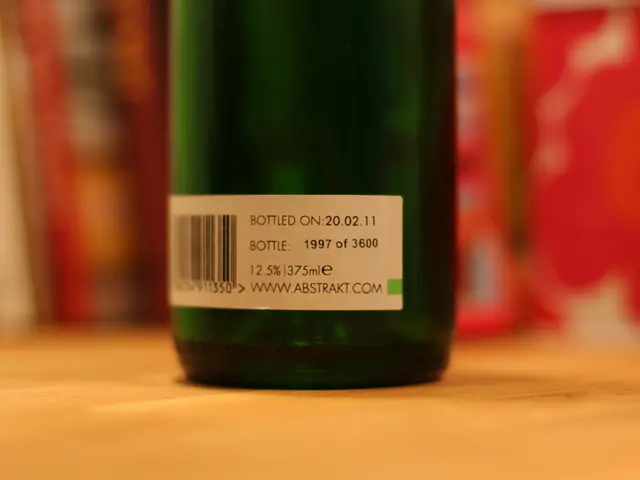Differentiating Age Spots from Skin Cancer: Identifying Signs and Symptoms
Navigating the complexities of our skin can be a daunting task, especially as we age. Among the most common skin issues we may encounter are age spots, skin cancer, and actinic keratosis. Let's break down the differences between these conditions and chart the right course of action.
No Two Skin Troubles are Alike
Age Spots, Harmless Dark Spots
Age spots, often referred to as solar lentigines or liver spots, are small, flat, and slightly darker patches that appear on the skin. They are typically harmless and don't require medical attention unless causing cosmetic concern. These spots develop due to the body overproducing melanin, a pigment that protects the skin from sunlight.
Skin Cancer, a Serious Matter
Skin cancer poses a real threat, as it can spread if left untreated. Similar to age spots, skin cancer tends to occur in sun-exposed areas. Unlike age spots, skin cancer is a growing, malignant cell cluster that may appear in various forms, such as basal cell carcinoma and squamous cell carcinoma.
- Basal Cell Carcinoma (BCC): Often appears as a shiny, pearly, or waxy bump, potentially white, yellow, or pink.
- Squamous Cell Carcinoma (SCC): Typically appears as a firm, red nodule or a flat sore with a scaly crust.
Actinic Keratosis (AK), a Precancerous Condition
Actinic keratosis is a precancerous growth that develops as a result of excessive sun exposure. It frequently appears as rough, red, pink, or brown scaly patches on sun-exposed areas. Actinic keratosis can potentially evolve into squamous cell carcinoma if left untreated.
Know Your Skin: When to Seek Help
When it comes to age spots, you generally don't need to worry unless they cause cosmetic concern. However, for any new, changing, or unusual skin symptoms, it's crucial to consult a healthcare professional. Early diagnosis and treatment can improve the health outcomes for skin cancer and actinic keratosis.
Be vigilant when noticing:
- Skin spots that change in color, shape, or location
- Sores that do not heal, bleed, or crust over for more than 4 weeks
- Abnormal appearing moles with odd shapes and edges
Enrichment Data - Key Differences at a Glance
| Condition | Symptoms/Appearance | Treatment Options ||------------|--------------------------|---------------------|| Age Spots | Flat, brown spots | Cosmetic treatments || Skin Cancer | Sores, nodules | Surgery, radiation || Actinic Keratosis | Scaly patches | Topical creams, cryotherapy |
- Age spots, also known as solar lentigines or liver spots, are harmless patches that appear on skin, typically in sun-exposed areas.
- Skin cancer is a serious and potentially life-threatening condition, appearing as sores, nodules, or malignant cell clusters in sun-exposed areas.
- Basal cell carcinoma (BCC) often appears as a shiny, pearly, or waxy bump, potentially white, yellow, or pink.
- Squamous cell carcinoma (SCC) usually manifests as a firm, red nodule or a flat sore with a scaly crust.
- Actinic keratosis is a precancerous growth that shows up as rough, red, pink, or brown scaly patches on sun-exposed areas.
- When it comes to age spots, cosmetic concerns are the main reason for seeking medical attention.
- For any new, changing, or unusual skin symptoms, consulting a healthcare professional is crucial to ensure early diagnosis and treatment of skin cancer and actinic keratosis.
- pay attention to skin spots that change in color, shape, or location; sores that do not heal, bleed, or crust over for more than 4 weeks; and abnormal appearing moles with odd shapes and edges.







